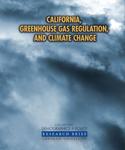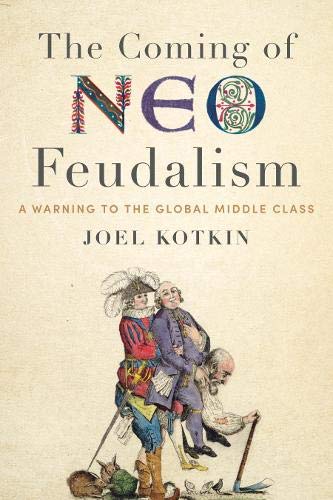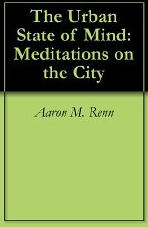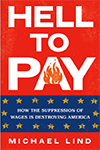Lisbon, Portugal’s capital is located on the wide estuary of the Tagus River, with a bridge modeled after San Francisco’s Golden Gate Bridge connecting the core city to the suburbs to the south. Lisbon also resembles San Francisco in being picturesque, with the urbanization mixed with the complex geography of the coastal waters, dominated by hills. read more »
Housing
A Personal Segregation Story
I've written quite a bit about segregation and its impact on cities lately, and more specifically on its impact on people of color. I won't link to everything I've done recently but encourage you to scroll through articles here, and on my Forbes site. You'll find a reasonable flavor of the things I've written about segregation's legacy in cities.
But today I wanted to use my own family history to show how it's had a personal and generational impact. read more »
Columbus, Ohio’s Structural Advantages
The Chicago Council on Global Affairs is hiring a research associate for their global cities program. If interested, check out the listing.
In 2009 I posted an article that proclaimed Columbus, Ohio “the new Midwestern star,” a prediction which proved prescient. I won’t go too much into performance right now as I’m planning an article on the subject, but just as one quick stat, Columbus has been the fastest growing major Midwest metro in population since 2010 at 9.0%, with a bit of a gap to the #2 performer Minneapolis at 7.3%. read more »
- Login to post comments
The Hollowing-Out of the California Dream
Progressives praise California as the harbinger of the political future, the home of a new, enlightened, multicultural America. Missouri Senator Claire McCaskill has identified California Senator Kamala Harris as the party leader on issues of immigration and race. read more »
- Login to post comments
Self-Fulfilling Prophecy
Urban planners predicted that Millennials would prefer renting apartments in dense cities over owning homes in low-density suburbs. So they told regional governments to restrict low-density development and promote high-density housing instead. Now, Millennials are 18 percent less likely to own homes than their parents did when their parents were young: in 1990, 45 percent of 25-34-year-olds owned their own homes; by 2015, it was just 37 percent. read more »
- Login to post comments
Welcome To Ashburn (via WBEZ)
Some recent pieces I wrote about segregation in the past few weeks got me thinking of how to express a particular feature of segregation I've witnessed in the Rust Belt, what one might call "diversity without integration", plays out in some cities. read more »
- Login to post comments
American Migration: Exploring Where People Move Across America
Just a few years ago, experts indicated Americans (especially young Americans) were more interested in a different lifestyle than previous generations. Instead of owning a house in the suburbs, the new American dream consisted of renting an apartment in the city. read more »
- Login to post comments
Backyard Rental House Zoning Threatens Trees, Breezes, Birds and Neighborhoods
The Dallas city manager and housing director are proposing a devastating blanket zoning change: allowing ADUs (additional dwelling units), better known as backyard rental houses, in single-family zoned neighborhoods. This change would allow a 44-foot wide by 30-foot tall rental house to be built on the back of a standard 50‑foot wide by 150-foot deep lot. Backyard rental houses would deforest the older neighborhoods, undermine neighborhood stability, accelerate gentrification, reduce diversity of housing, and diminish attainably priced opportunities for homebuyers. read more »
- Login to post comments
California, Greenhouse Gas Regulation, and Climate Change
This is an excerpt of a new report, California, Greenhouse Gas Regulation, and Climate Change, from Chapman University’s Center for Demographics and Policy. The report is authored by David Friedman and Jennifer Hernandez, and edited by Joel Kotkin. Read the full report (pdf) using the attachment below. read more »
- Login to post comments
America’s Vacant Housing Challenge
Alan Mallach is out with a new study from the Lincoln Institute of Land Policy called “The Empty House Next Door.” It’s a look at vacant housing in America’a cities. This chart should give you a feel for the problem in a number of places. read more »
- Login to post comments






















